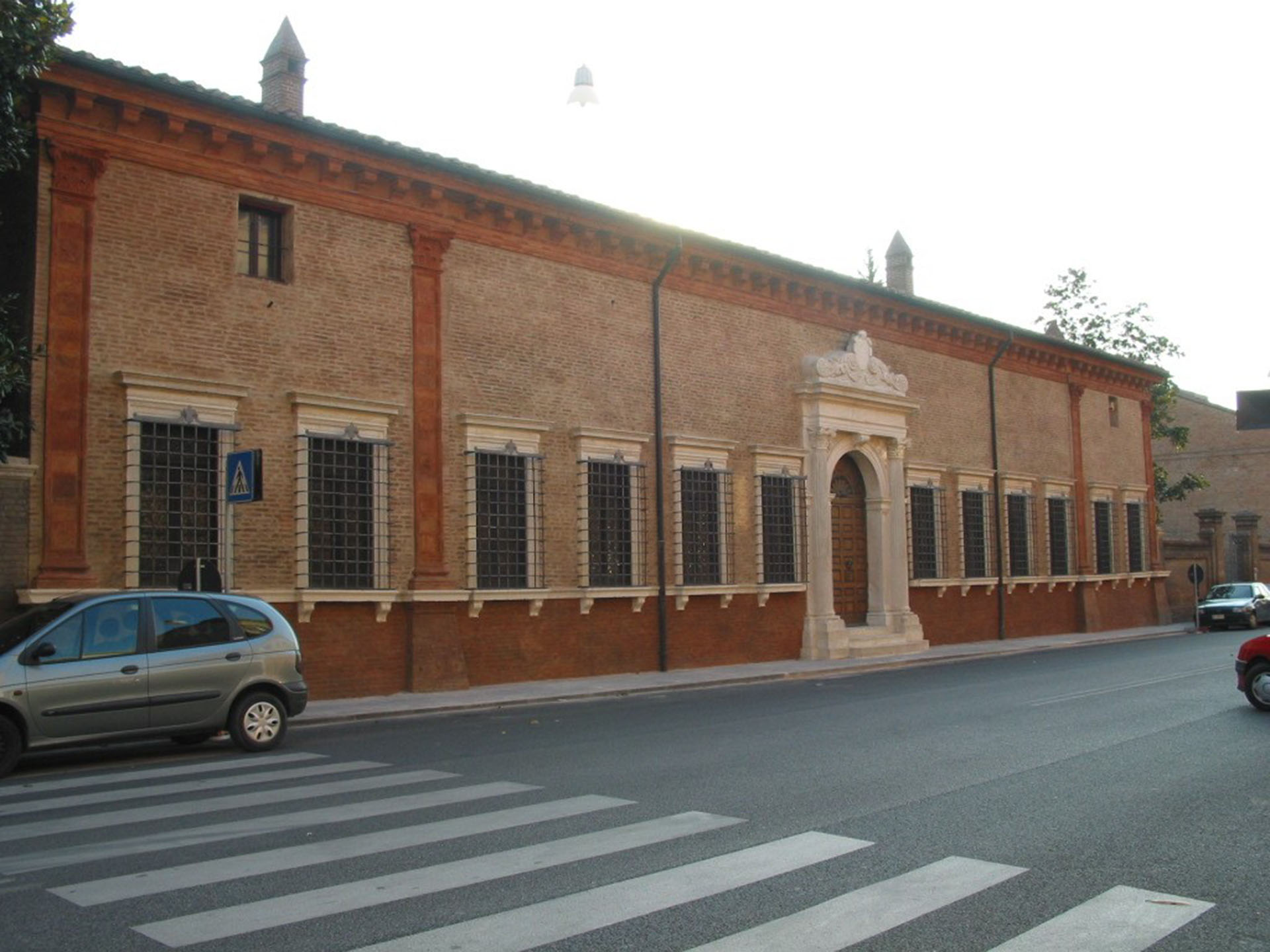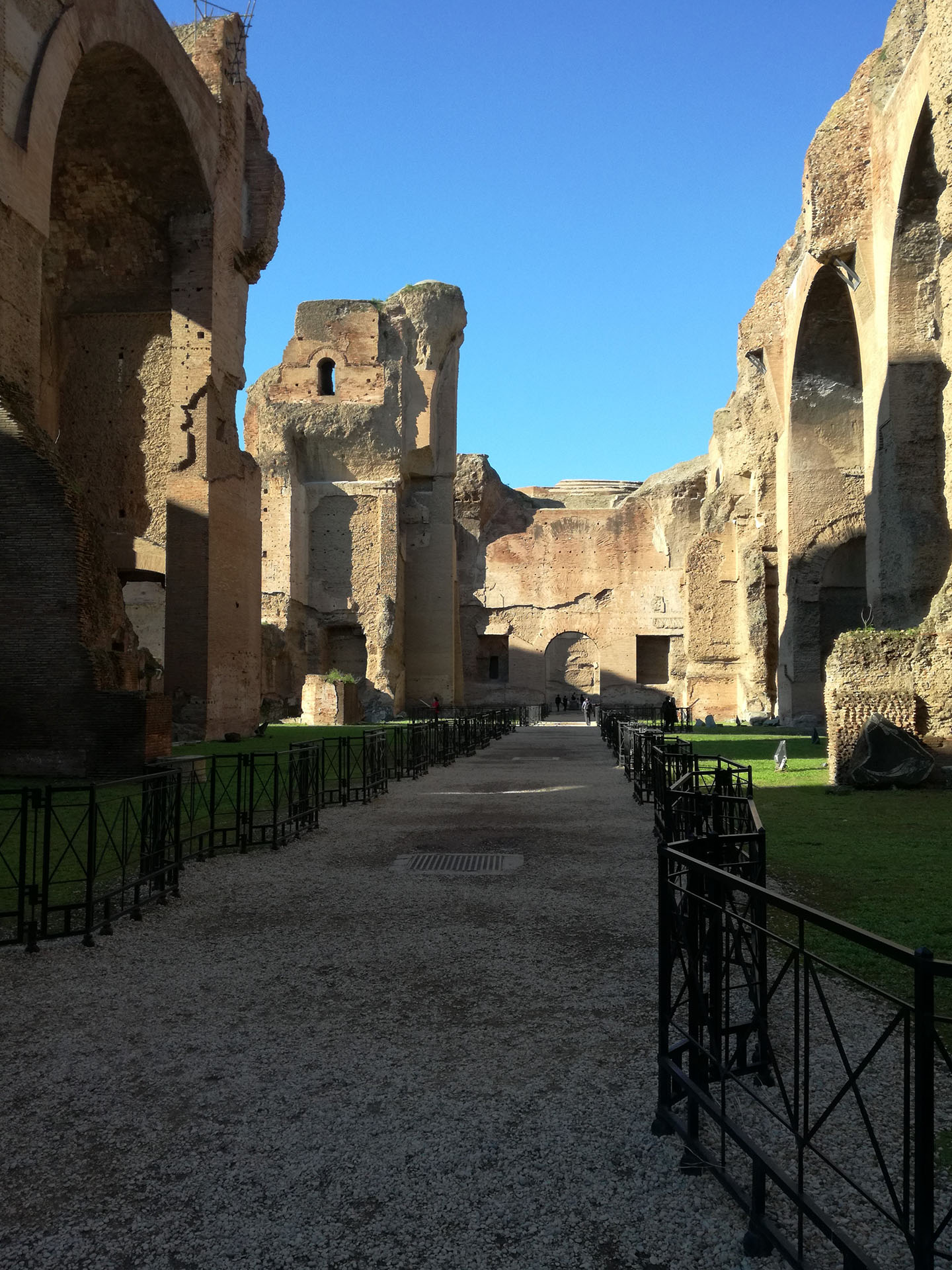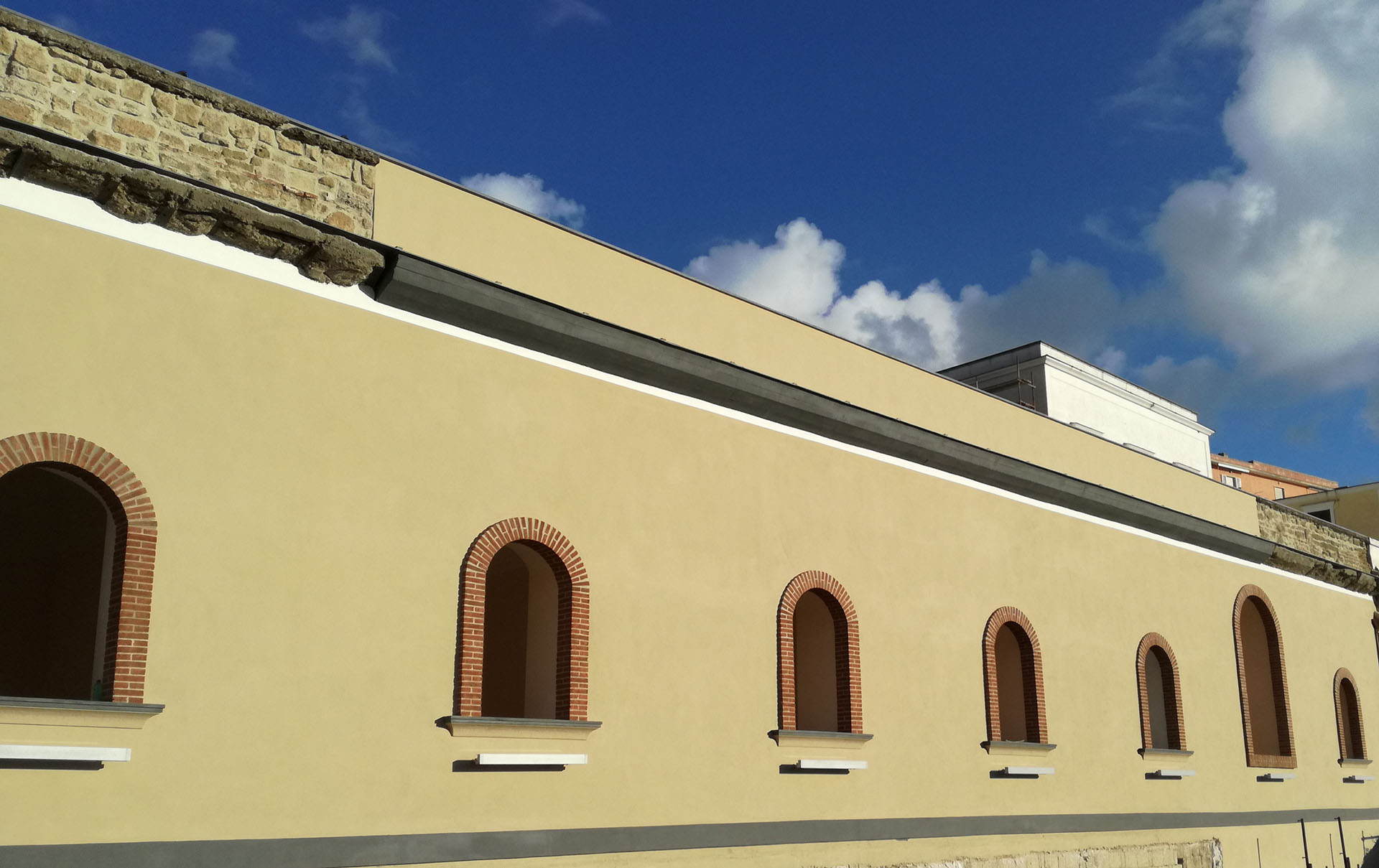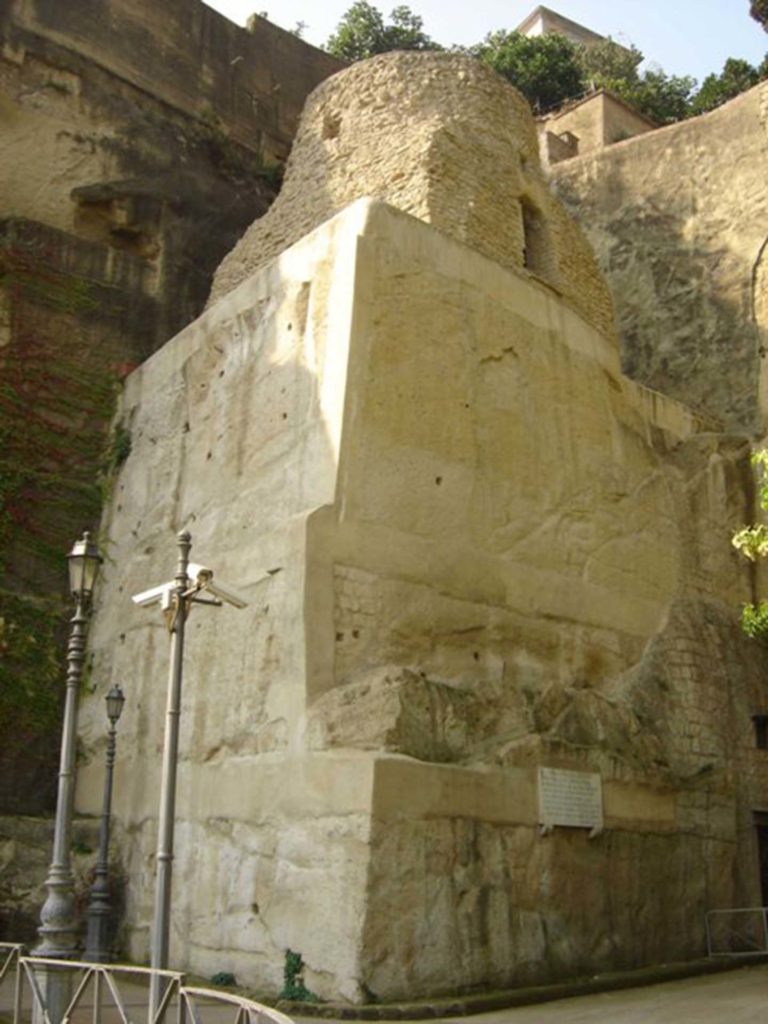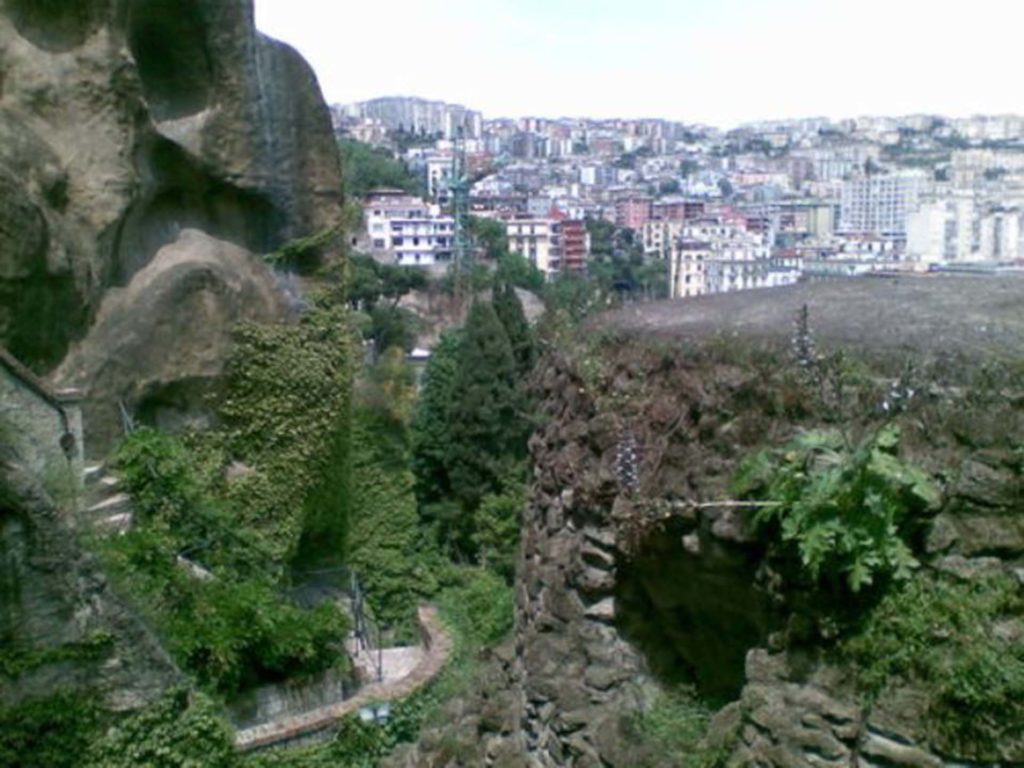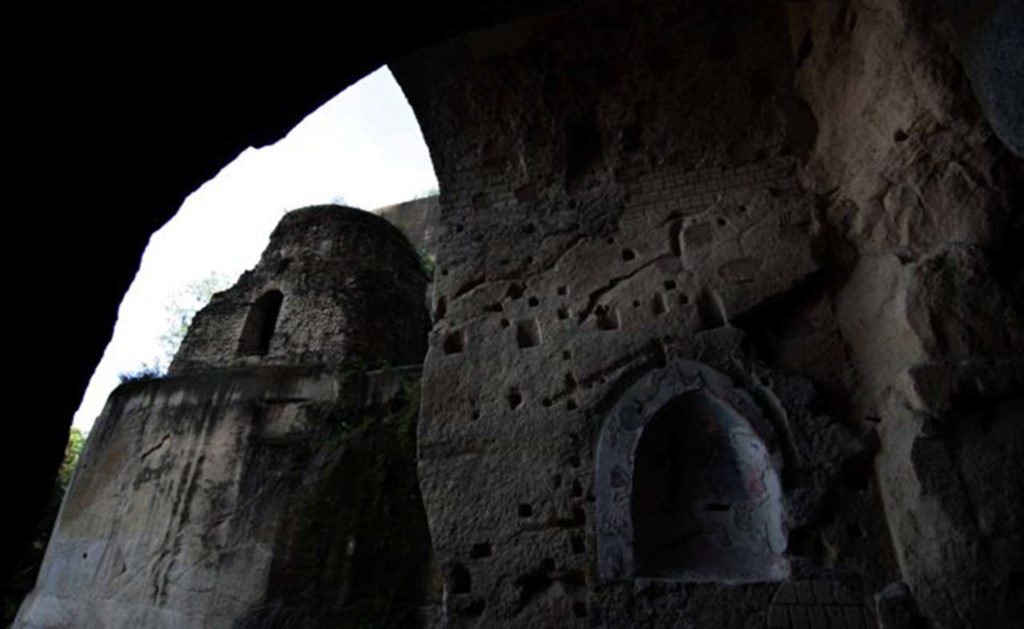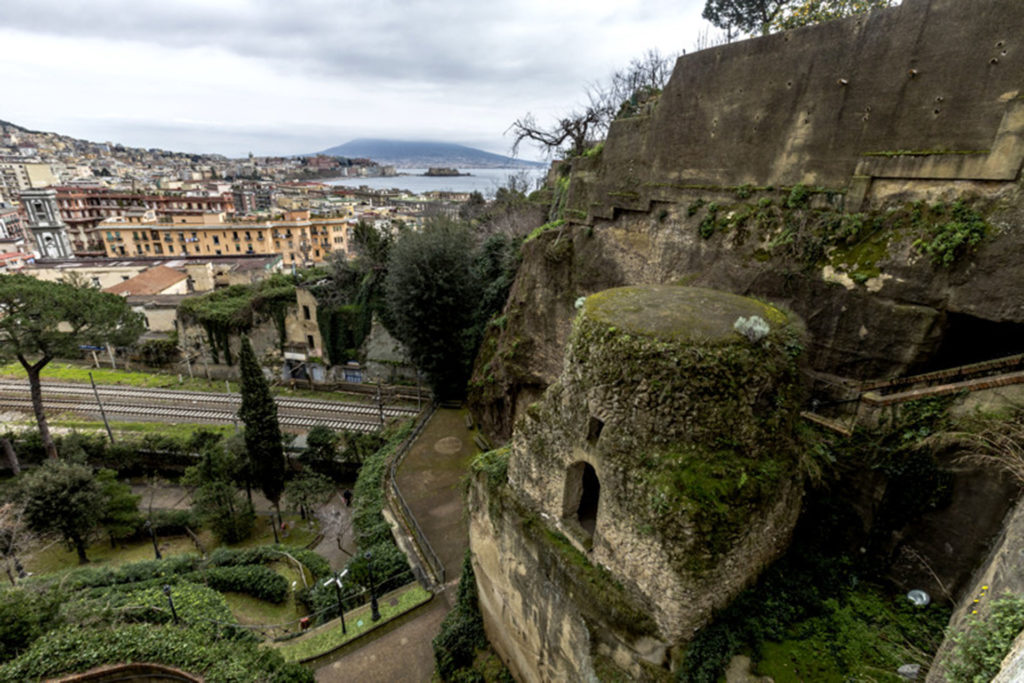Vigil's Tomb - Naples
Vergiliano Park in Piedigrotta or known as Virgil's Tomb Park, is located in Naples, behind the church of the same name. It turns out to be very famous for the presence of the sepulchre that popular tradition wants to attribute to Virgil and the sepulchral monument containing what is assumed to be the remains of Giacomo Leopardi.
From 1662 until the early 1800s, the area of Virgil's tomb, was owned by the noble d'Alessandro family of Pescolanciano, which owned a residential villa with an adjoining rural casino. Throughout the 1800s and 1900s other owners followed, and finally the area was acquired by the state following the Unification of Italy. It was rearranged in 1885, on the occasion of the opening of today's Quattro Giornate gallery, but only around 1930, on the occasion of the bi-millennium of the Virgilian Celebrations, did it become a Park.
It was organized according to the current itinerary at the behest of Latinist and archaeologist Enrico Cocchia, and restored and reopened to the public in 1976. The Park contains Virgil's cenotaph and a columbarium from the Roman period. Going up the avenue, one immediately encounters on the left a piperno aedicule displaying two tombstones placed there in 1668 by Viceroy Pietro Antonio of Aragon. These tombstones list the hot springs present in the Phlegrean area from Fuorigrotta to Pozzuoli, and the diseases that could be cured thanks to each of them. At the top of the ascent, one is confronted with a huge marble monument: the tomb of the famous poet Giacomo Leopardi, followed by the Crypta Neapolitana, also known as the Cave of Pozzuoli or the Cave of Posillipo, and infiene the Tomb of Virgil.
The structure of the famous Tomb is of opus caementicium covered with opus reticulatum and consists of a cubic base supporting a cylindrical drum. Inside, the burial chamber is square in shape and covered with a barrel vault; it also has three slits for internal lighting, while the walls are punctuated by ten small niches that once housed cinerary urns. At present, the monument appears perched and almost suspended over the overhang since the Roman-era walking level no longer corresponds to today's. The work involved emergency interventions to shore up the ridge facing the bust of Virgil and a series of extraordinary accommodation works on the monumental building.
